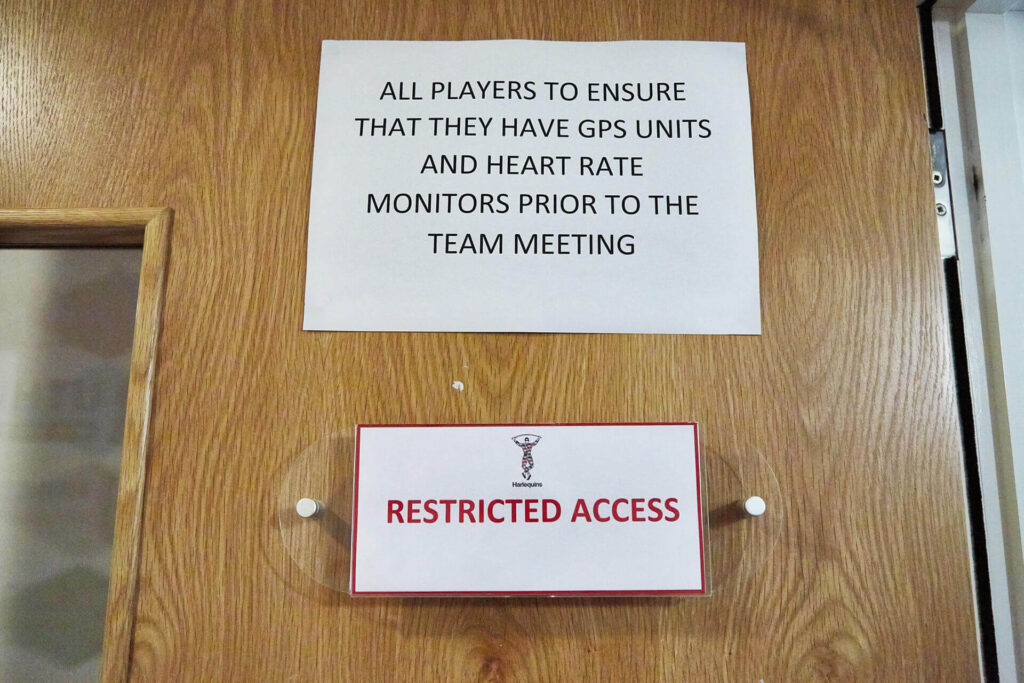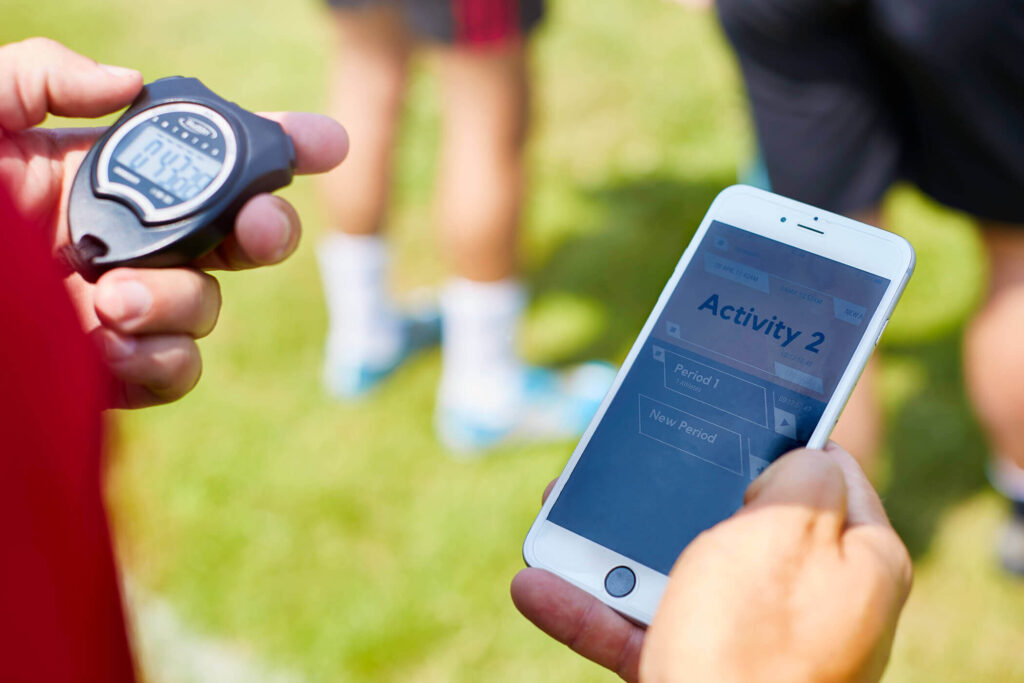How to use Catapult when you’re time poor
Prior to implementing a wearable technology system, it can feel like a daunting task to add yet another thing you need to be across when you’ve already got enough on your plate and don’t have time to investigate performance trends for individual players.
Fortunately, athlete monitoring technology is designed to save you time, streamline your workflow, and make you more efficient. Below are five ways to use Catapult when you are the entire performance department at your team.
Develop a daily team report for your coach
The recommended minimum engagement with Catapult is the development of a daily team report printed out for your coach with half a dozen bullet points of commentary explaining what you’re seeing and asking questions based on the data.
Line everything up with your RPE scores and provide the overview report to your coaching staff as quickly as possible after the session to enhance buy-in and so they start to anticipate the instantaneous feedback of knowing how hard that training was. Pick 3-5 metrics and teach your coach what they mean in the context of volume, intensity and explosiveness. Supply your personal findings so they know what they’re looking at, and you can always add more metrics to the report down the track.

Use athlete buy-in to save you time
Your system is measuring exactly what your athletes are doing in competition. It’s not providing a subjective opinion or making inferences on their statistical performance for that session – the data is merely quantifying their movement and visually displaying the volume, intensity and explosiveness of each athlete.
So why not let your athletes in on the process? Some teams print out a leaderboard after each training showing top speeds and distances and PlayerLoads; some teams share team reports with all the players. Whatever you’re comfortable with, the more buy-in you get from your athletes, the more willing they’ll be to helping you put the device on them and get it back from them at the end of the session.
Compliant athletes are those that know what is being measured, understand it is to enhance their performance and resilience to injury, and assist you in the logical operation of the system.
Build a weekly athlete report without uploading any data during the week
Alongside the GPS antenna, inertial sensors, and powerful microprocessor, your Catapult devices have a significant amount of internal storage where your raw data is stored after each session. As long as you charge the devices regularly (the battery lasts approximately five hours), there is nothing stopping you from using the same devices for an entire week of trainings and game/s before uploading the data to OpenField.
While you’ll gain greater insights from looking at your data in real-time, and looking at your data holistically every day will help plan for the next day and the rest of the week, it’s perfectly acceptable to only look at your data once a week if you’re a one-man show.
Just keep the devices charged throughout the week, sync them up after the last session, and build a weekly report to show exactly what happened that week for your coach.
Use the OpenField+ iPhone application to monitor on the go

OpenField+ is Catapult’s newest innovation for its software analytics platform. The iOS mobile application provides an extension of your OpenField account, allowing you to create periods and edit athlete information on the go – so you’re not obligated to sit in front of your laptop on the sidelines applying your time stamps and starting and stopping your periods.
If you have your practice plan in your pocket and OF+ in your hand, you can easily set up multiple simultaneous periods while you’re walking around practice and getting a better understanding of the context for each session.
Save yourself a lot of time, and get your steps in during training – it’s a win-win.
Master the preparation and logistics
Nail the preparation of implementing an athlete monitoring system and everything else will fall into place. Follow a simple checklist: Know the weekly schedule, label everything pre-session based on last name or number, turn the devices on, supply the compression shirts in advance so your athletes arrive and are ready to have the device popped in.
During the session, organise your periods and set your time stamps, and make note of any injuries. If you’re monitoring live, know which athletes to keep a close eye on based on recent injuries or increased loads in previous days. Putting in the prep work pre-session will definitely help post-session.